We know that copy is a crucial aspect of PPC ad performance. But how do you actually create high-converting copy? While there are plenty of elements that go into great copywriting, a crucial factor in optimizing for performance will always be A/B testing.
Testing is the only way to find out what resonates for your specific audience, products and brand. Without careful testing, you’re running campaigns on assumptions and theoretical best practices that may work for other brands, but might not necessarily work for you.
In this post, we’re going to go over everything you need to know about A/B testing your ad copy, including the best tools and strategies you should check out to increase the accuracy and actionability of your test data.
What is A/B testing?
A/B testing— also frequently called “split testing”— is the process of testing a specific element of your ad campaign to assess how it impacts performance. It helps you understand what your audience is responding to, which, in turn, can help you optimize your future campaigns.
You’ll notice that we say “a specific element” rather than “elements” — there’s a reason for that.
Say you have an ad running with a picture of a woman jogging, six lines of copy about a health fitness app and a button that says Learn More.
But then you read on a blog that the color orange is associated with depression, not health (it’s not, but go with it for the sake of this example). You also hire a copywriter who says Learn More is a boring CTA, and they recommend replacing it with Get Started Today.
You’re a smart business person, so you want to run a split test. You have your original ad and create a new ad variation with a new button color (green, for health and energy) and a new call to action.
No matter what happens, you don’t learn much. If the conversion rate changes at all, you won’t be able to tell if it was the copy, the color change or both that caused the shift.
You’d learn a lot more from a test like this, which uses the same image, and only differs in copy:
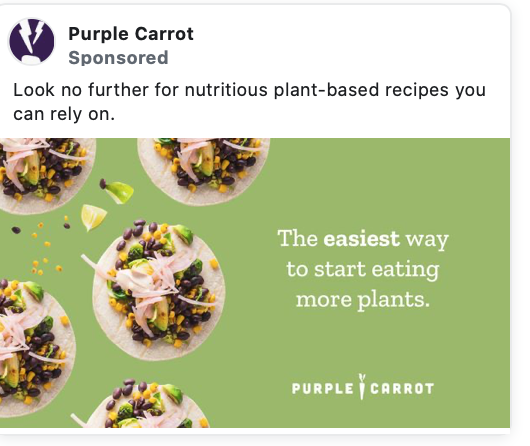
You can (and should!) test multiple variations of your ad copy at once in several different ads, but within that campaign, you should be testing only copy to best understand the results of your split test.
Remember that without split testing, your campaigns can become stagnant at best. Your results may be “good enough,” but you might be paying $3 per action when a tested and optimized campaign could yield the same result for $1.50.
While this sounds dramatic, we’ve seen cases where strong A/B tested copy was able to cut ad costs by as much as 75% following several months of dedicated testing and optimization. That’s an enormous shift in ROI, and it’s key to scaling both your ad delivery and your business results.
Without testing different variations of ad copy, there’s always the chance that ad fatigue goes up and your overall ad performance decreases. You might also find yourself guessing what works for your audience and what doesn’t. All of this can be avoided with A/B testing.
How to run ad copy A/B tests
The thought of creating multiple variations of copy for every ad may sound tedious, but the good news is that the process of A/B testing copy is very simple if you use the right tools. Let’s take a look at how to do it right.
Using A/B testing tools brings the process of split testing copy down to three steps: writing the copy, setting up the tests and analyzing your results. Let’s go over each step.
Writing variations of the copy
Before you start a/b testing Facebook Ads (or any other PPC ads), you need to write the copy that you’re going to test!
I have a system I use for all new clients who haven’t previously run extensive testing on copy. I can strongly recommend it.
Create “sets” of ad copy. Each set should contain three headlines and four to six different versions of the body of your ad.
Make sure they can all be mixed and matched. This should be easy since different versions of the same ad still promote the same product, feature or user pain point.
Include different language, emojis, CTAs, lengths of copy and even styles of writing in addition to the messaging itself.
On a high level, the style of versions should be consistent. For example, if you’re advertising a home security system and you decide to go with a fear-based headline, feel-good main copy talking about how a daughter waved to her dad through a security camera won’t line up.
Setting up an A/B test on Facebook
Once you’ve got your copy, you have the choice of A/B testing through Facebook or a third-party tool with advanced testing and optimization capabilities (like AdEspresso).
On Facebook, you set up A/B testing on the campaign page after the campaign is published. Note that this is a relatively new interface. Facebook has recently changed how testing works — previously, you would set up tests while creating the campaign.
To start, click “Get started” on the campaign creation page. You’ll then go through the creation process as you normally would until you get to the Creative section.
Here, you can fill in the primary text, headlines and descriptions for your test. Each box allows you to enter up to five different versions of the copy.
Facebook will optimize delivery automatically, serving users the ad they’re most likely to interact with.
After you publish the campaign, you’ll see a Test Setup popup. You can create a new version of the campaign you’ve set up by selecting a new variable to test. If you want to test out a different set of ad copy, you’d choose “ad text.”
Once your campaigns are up and running, monitor the progress through your ads dashboard.
A/B Testing with AdEspresso
A/B testing is more streamlined in AdEspresso, and it comes with advanced optimization options.
When creating your campaigns, type in or paste multiple variations for the headlines and primary text. Unlike on Facebook, you can add more than five of each. You have up to 255 characters for the headlines and 2200 characters for the ad text.
AdEspresso uses side-by-side comparison algorithms to determine which headline and copy combinations are driving the best performance, taking your key metrics and target actions into account.
When your campaigns are live, we analyze their performance and offer specific suggestions for how you can improve, complete with detailed next steps.
AdEspresso also offers advanced analytics that can help with manual optimization. The platform will help you find the winning ad copy combination through A/B testing and use that information to your benefit.
Understanding your A/B test results
There are plenty of metrics to look at when copy testing, and we’ve got a full post detailing important metrics to track for Facebook Ads.
With PPC ads, you will likely focus on tracking conversions. And when it comes to conversion rates, there truly is no easy answer to the question of what is or isn’t a good conversion rate.
For example, it’s easier for brands advertising clothing on Facebook to have a larger volume of conversions than a company selling high-end B2B services for corporate enterprises.
You also need to take ad spend and ROI into consideration. How much does it actually cost you to get those conversions? Some brands pay $15 per action while others can only afford $2. So, conversion rate alone isn’t the ultimate indicator of success.
It’s important to track your campaigns carefully and assess industry standards. Keep in mind, too, that with the iOS 14 rollout, conversion tracking may be impacted and things may look a little different over the next few months.
A/B testing copy: what to test
You know it’s important to test copy… but what exactly should you be testing?
We strongly recommend A/B testing every element of your ad copy. This includes:
- Headlines
- Primary ad text
- In-text CTA
- CTA buttons
- Images
- The offer (e.g. 10% off vs. $15 off or a free sample)
- The length of the ad copy
- The style of writing (storytelling vs. lists of features or benefits, emojis, customer testimonials)
We also recommend using A/B testing tools to assess your landing pages that are the destination for your ads. Landing pages are a crucial part of the digital sales funnel, and even an exceptional ad won’t be able to succeed without a weak landing page. We’ll talk more about how to test landing pages shortly.
Best practices for A/B testing copy
Ready to dive into A/B testing your Facebook ad copy? Don’t forget about these five best practices.
1. Give your A/B copy tests enough time & money to work
The unfortunate reality is that many small businesses (and some advertisers) don’t want to spend a lot of time or money on A/B tests. They seem them as “test” content and “not real,” even though the campaigns are very real and actively drive results.
Because of this, they’ll only put a small budget into their test campaigns or shut them off too quickly.
Ideally, test campaigns need at least two weeks and a relatively standard budget to produce accurate and useful test results. Facebook needs time to test your ads and optimize them by changing up both the combinations of copy and delivery options. If there’s not enough time or money to do this, your results won’t be as accurate, and you may end up with useless data.
Slow and steady wins the race when it comes to A/B testing copy.
2. Test which power words effectively drive action
You might be unsurprised to learn that power words are, well, powerful.
But maybe you haven’t used them in your copy before. If not, it’s time to get started.
Power can evoke powerful emotions in your audience: confidence, excitement, motivation or something else that can help your audience connect with your brand.
A few examples of power words to use in your ad copy tests:
- Easy
- Effective
- Free
- Guarantee
- Love
- Now
- Proven
- Results
- New
- Simple
- Save
- You
Here is an example of a headline without power words:
10 Ways To Increase Your Conversions.
Here is how it would read with power words:
10 Simple Ways to Radically Increase Your Conversions.
Not only are these additions more powerful — they also give the reader more context and build up their curiosity.
Testing power words in your ad copy can help you land on the most effective and exciting version of your ad. Here’s how to do it.
First, grab 10 – 15 power words that you, with your knowledge of your customers, think might work. Insert them into ads that are otherwise identical and run these ads at the same time.
Remember, you can include multiple power words in a single ad, like in this example:
Give your test some time, analyze the performance of individual ads and figure out what power words work best for your business.
3. A/B test your pricing
Most of us know the old infomercial joke that whatever the product is, it probably costs three easy payments of $19.95.
Silly as it may seem, there is something to it. We proved long ago that your audience is more comfortable with three easy payments of $19.99 than one lump payment of $60.
The point: how you share numbers matters.
No matter what you’re selling, it’s critical you can quantify it. You’re selling a product and a benefit. This means you’re selling to solve someone’s pain point. Pain points are usually time or money. You’re making something faster or cheaper.
You can see how relevant numbers are to your ad copy, then. But, how do you work them into your ad for optimal results?
For example, will your customers care more about saving 50% or up to $1,000 each month?
Running split tests to decide the effectiveness of numbers is a great way to increase your conversions.
Bonus tip: In the vast majority of cases, it’s better to use numbers than to spell out the numbers in a word. That means you should opt for “1/3” instead of “one-third.” Numbers are better at capturing attention and keep your copy cleaner. Here’s an example:
4. Try storytelling
In most ad campaigns, you’ll typically see a feature, a benefit and an offer. That’s it.
But don’t make the mistake of discarding storytelling as a marketing tool. Even very simple stories like “Tired of working too late and never seeing the family?” can resonate with your audience and drive conversions.
Here’s an example of non-story ad copy:
“Great low prices! Try our eyeglasses on at home no risk. Shop now for 15% off.”
Storytelling could turn it into this:
“Tired of ordering frames online, waiting for weeks and then feeling disappointed when they arrive and they’re just not “You?” Test three pairs of glasses on the house before you place your order, risk-free, so you can feel great and see great.”
Using stories to highlight the value of your offer, overcome concerns and really touch on the pain points your customers are dealing with can be a winning strategy. A/B test storytelling copy to see how it works for you!
5. A/B test your CTA
Your call to action may be at the end of your copy and it may be only a few words long, but it should not be treated as an afterthought.
Your CTA is what tells users exactly what steps to take after reading your ad. Clicking the CTA button is the last action a user takes before they are taken to your site or store. In that sense, calls to action are perhaps the most important element of your ads to test.
You should test different versions of both your CTA button and in-text calls to action. “Start your free trial” can work in the copy, for example, but “Sign up” might be the only CTA button that fits the bill.
Here’s a great example. The point of the ad below is to get users to enter a paid contest. The in-copy CTA is “ENTER NOW!” and the CTA button is “Learn More.” A split test could determine if a CTA button like “Sign Up” would drive more clicks and conversions.
The best A/B testing tools for ad copy
As a PPC copywriter, I’ve spent an enormous amount of time trying out different A/B testing tools to help my clients get better results with their copy. Here are three you should check out.
A/B testing tool #1: AdEspresso
We’ve already touched on how valuable AdEspresso can be with A/B testing marketing and advertising copy, so of course it’s going to be at the top of the list.
AdEspresso offers features that Facebook’s ad system just doesn’t, including:
- testing many more copy variants
- testing multiple URLs and link descriptions
- testing two different CTA buttons at once
In addition to the enhanced A/B testing features, AdEspresso is great for optimizing ads.
Our advanced reporting makes it easy to see the results of your split tests in the form of detailed metrics or visual graphs. You can add different metrics to the reporting dashboard to stay on top of all the information you need. The reporting dashboard also makes it clear which components of your A/B tests really tipped the scale.
You also get personalized optimization suggestions based on this data, with advice on how to get better results from your campaigns — all in your dashboard.
Interested in trying out AdEspresso for yourself? Sign up for your free trial here.
A/B testing tool #2: Facebook Ads Manager
Facebook Ads, which we looked at earlier, does have a native split testing tool and limited automatic optimization solutions for ad delivery.
For users who don’t want to invest in a paid tool, Facebook Ads Manager is a solid starting point, though manually navigating ad optimization can be a struggle for less advanced marketers.
The tool is free and available to all advertisers by default.
A/B testing tool #3: Unbounce
Remember how earlier on we mentioned that split testing your landing pages? Unbounce can help you do just that.
Using Unbounce, you can create multiple versions of the same landing page which will all “live” under one link, so to speak.
Unbounce then gives you several options; you can A/B test the different variants, sending an even number of users between them and measuring the results.
You can also go with “Smart Traffic.” With this feature, the tool will learn which pages work for different user attributes and direct traffic accordingly.
Final thoughts
Copy is everywhere we look, so it’s easy to only focus on language and rhetoric. But in advertising, testing all the little bits and pieces that make up ad copy is an important step to driving the best results.
What we recommend is taking a process-driven approach to testing the copy you’re using for your ads and landing pages. As the test data comes in, you’ll see what makes your audience want to opt in… or out. From there, you can thoroughly optimize your campaigns and reap the benefit — clicks and conversions.
Ready to automate the A/B testing and optimization process for your Facebook Ad campaigns? Sign up for your free trial of AdEspresso.
What do you think? How do you use A/bBtesting tools and strategies to improve your ad campaigns? What’s worked for you? Share your thoughts and questions in the comments below!
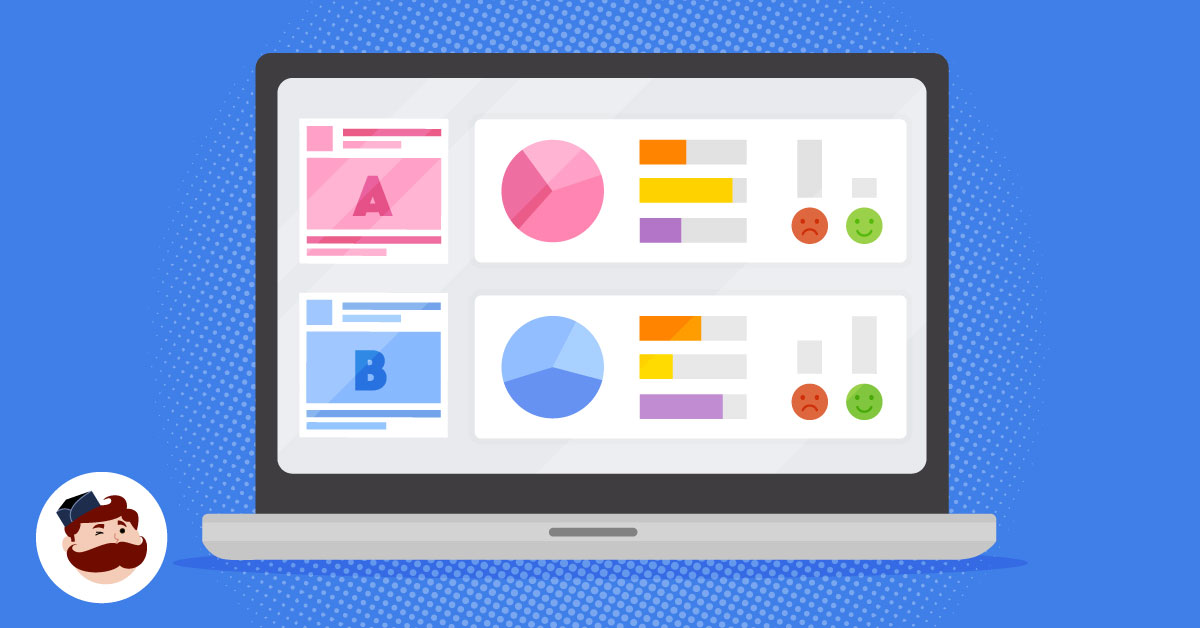
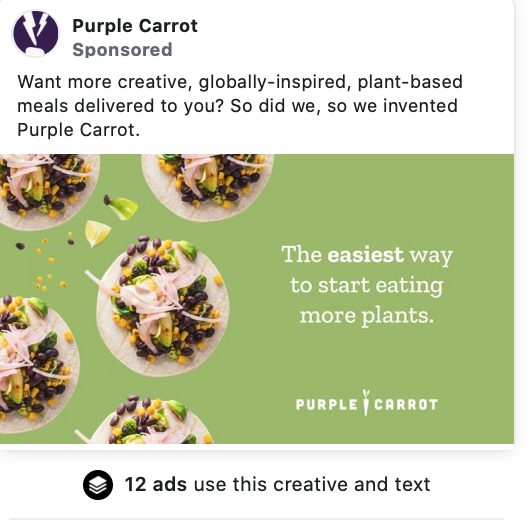
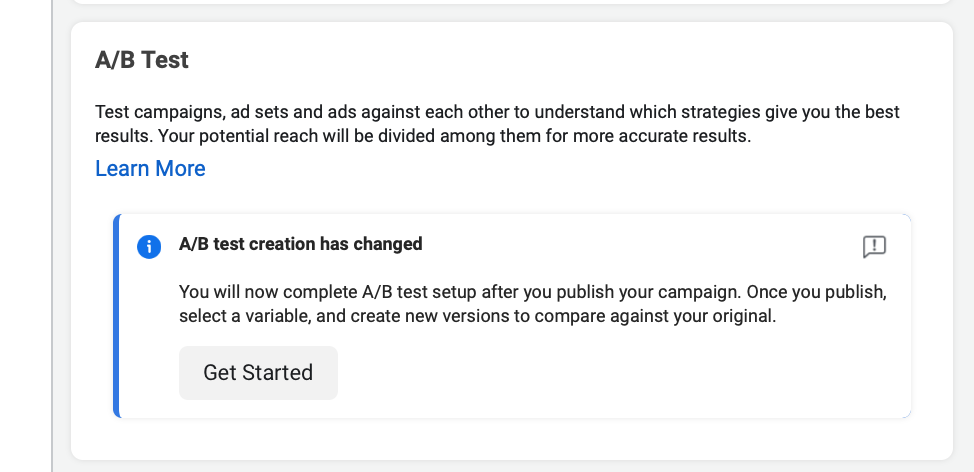
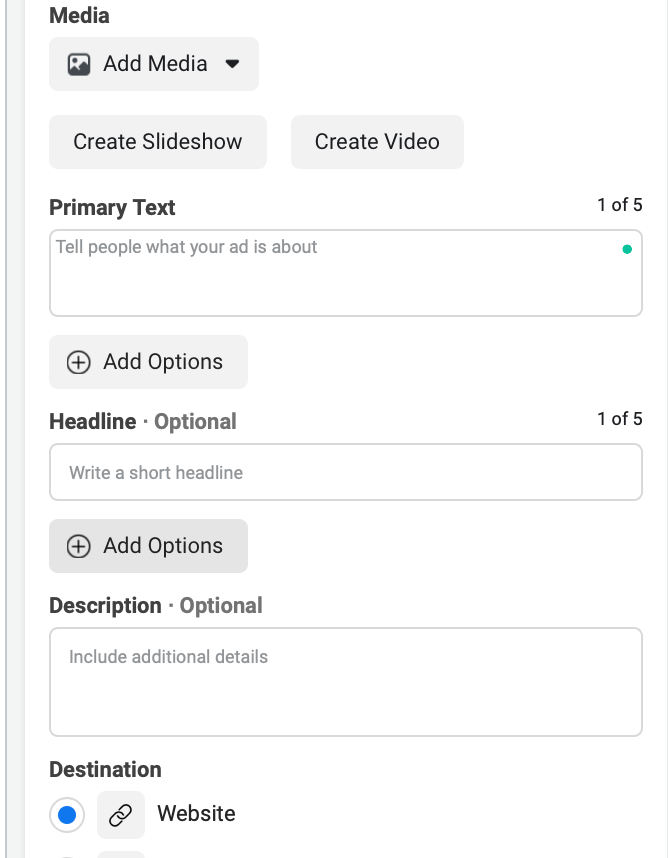
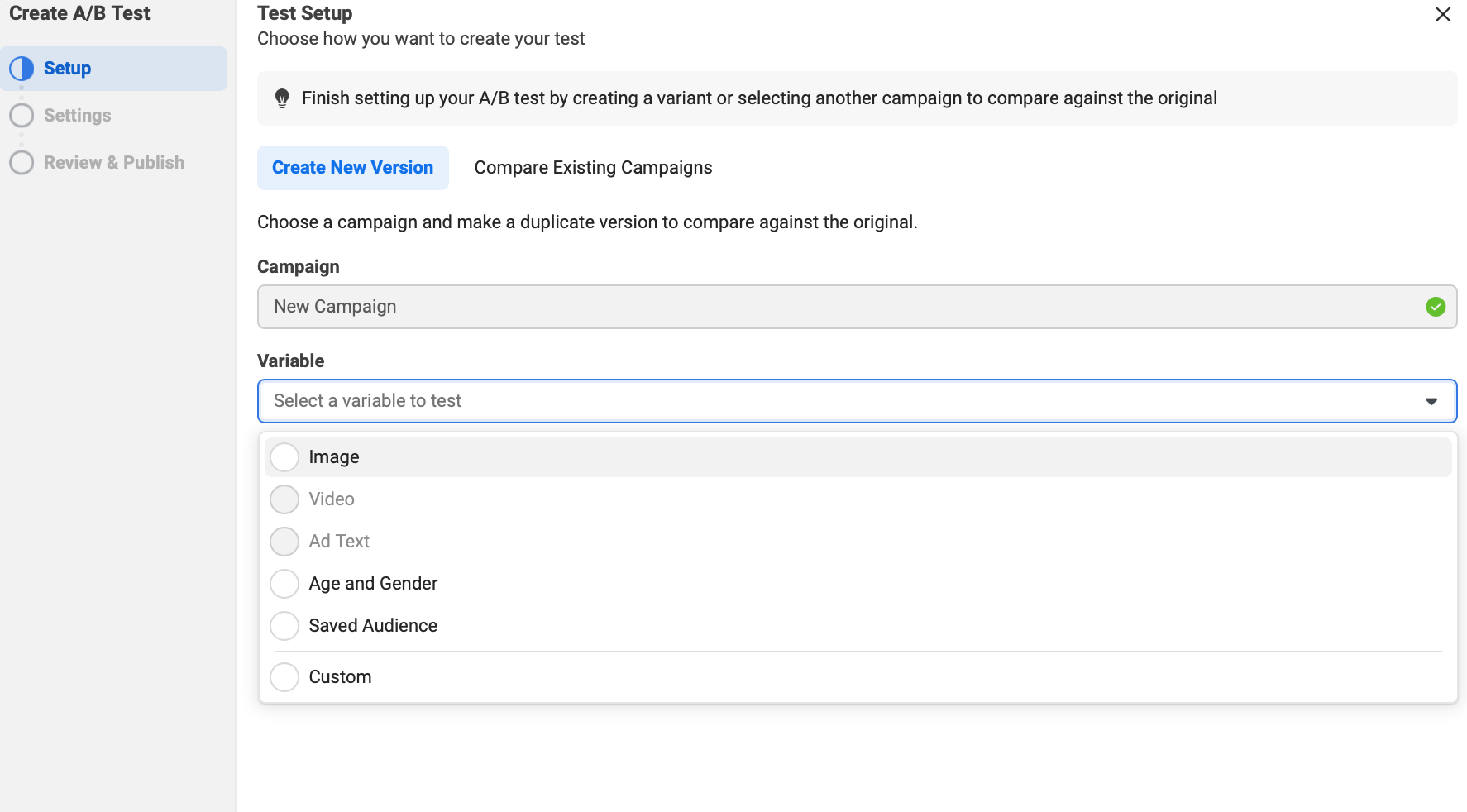
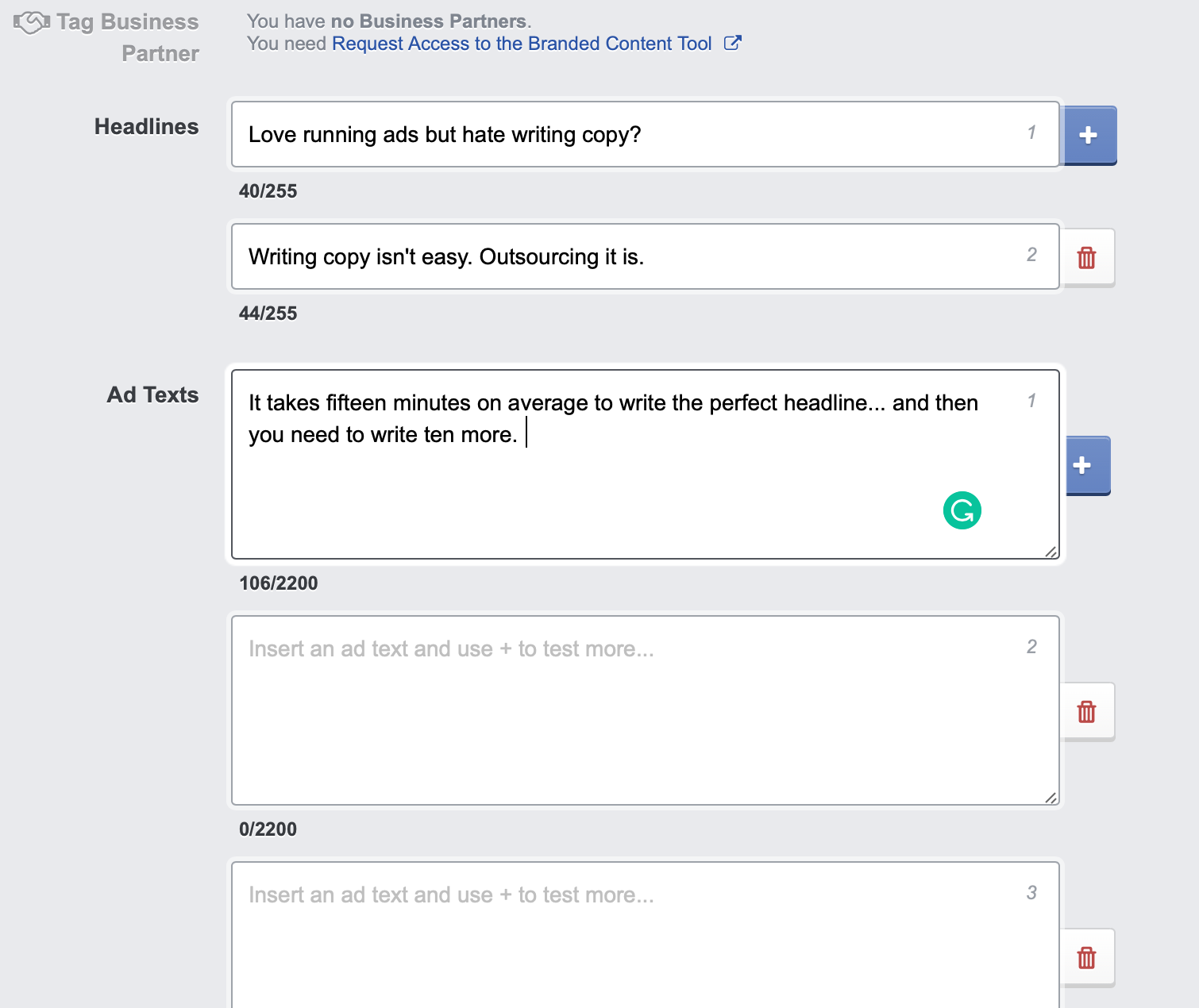

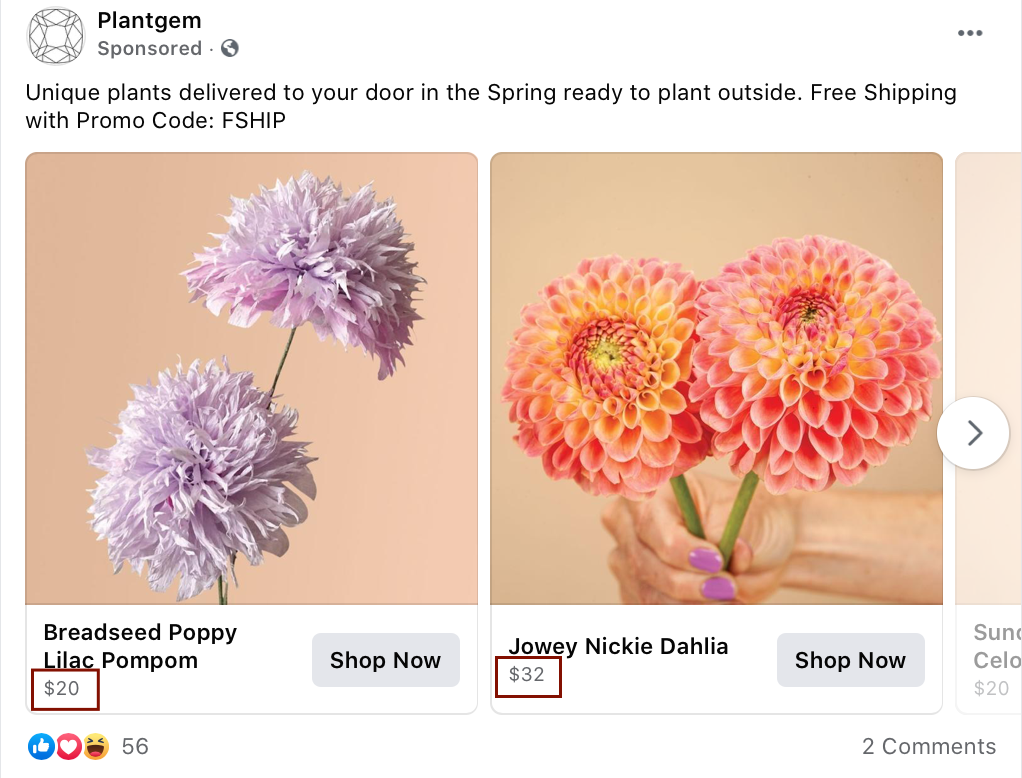
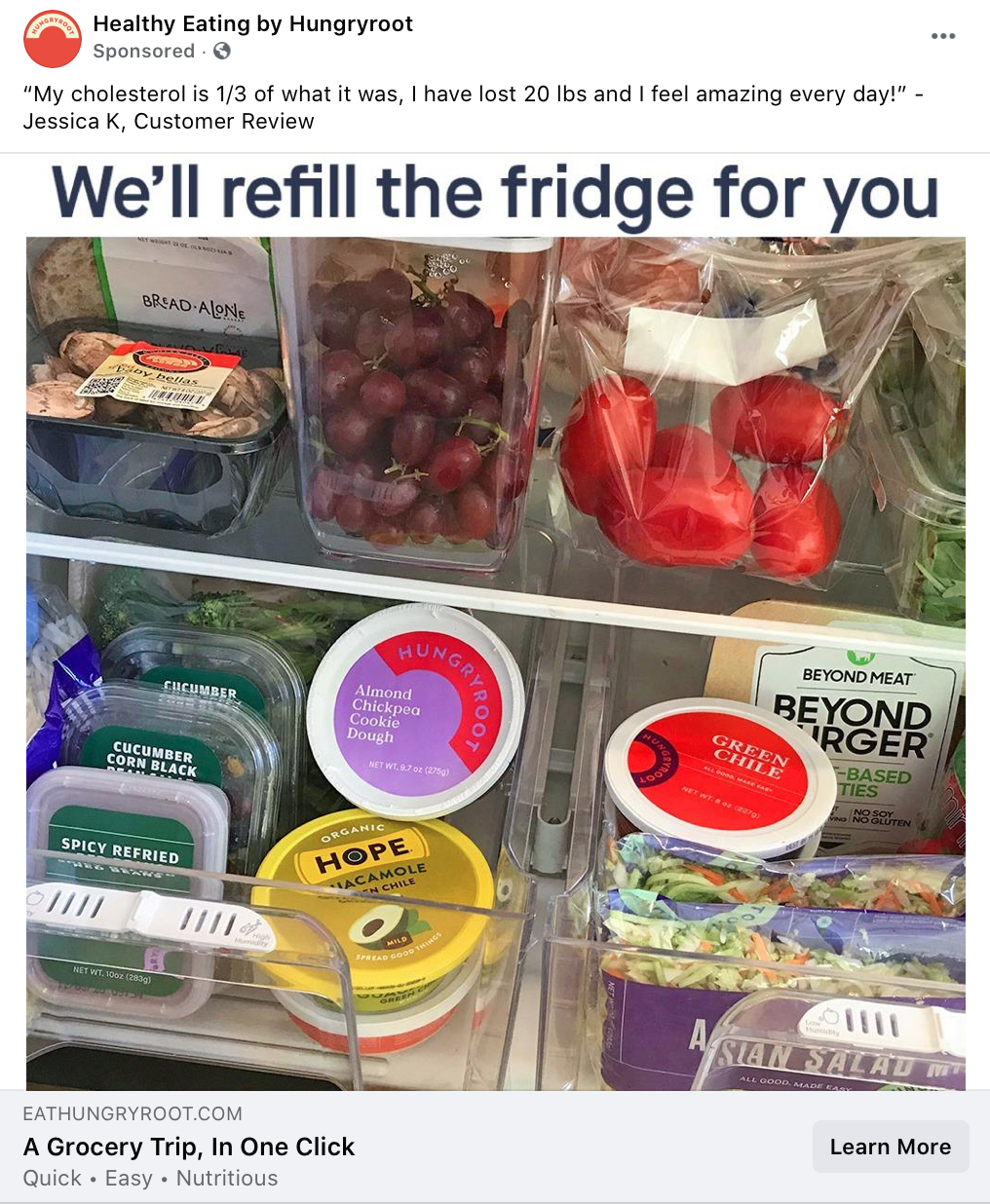


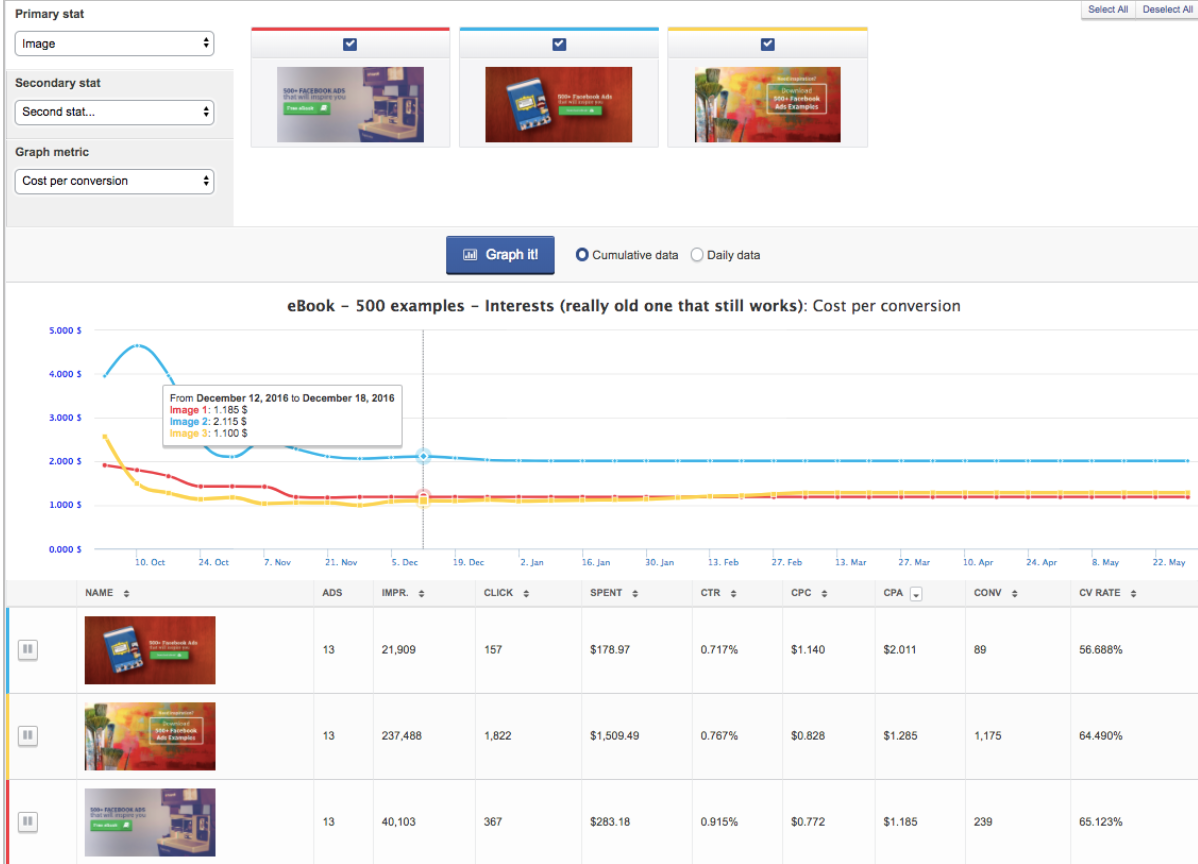
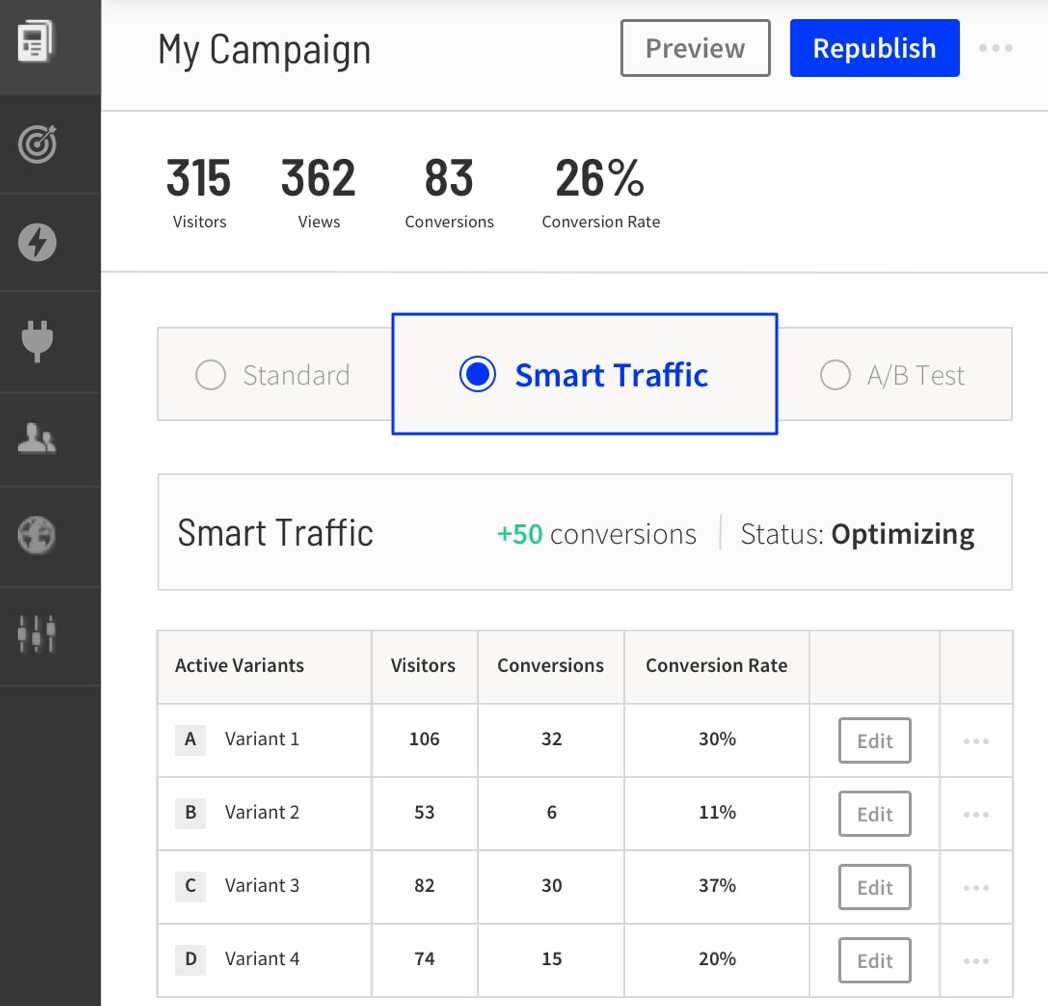
Testing the ad copy is very a key thing in Facebook advertising. When we test an Ad creative for a longer duration it means the campaign is gonna get more data. This definitely helps Facebook to determine the best ad creative.
Great blog with the most perfect strategies lined up!
Great Ideas but let me know the best plugin for ads?